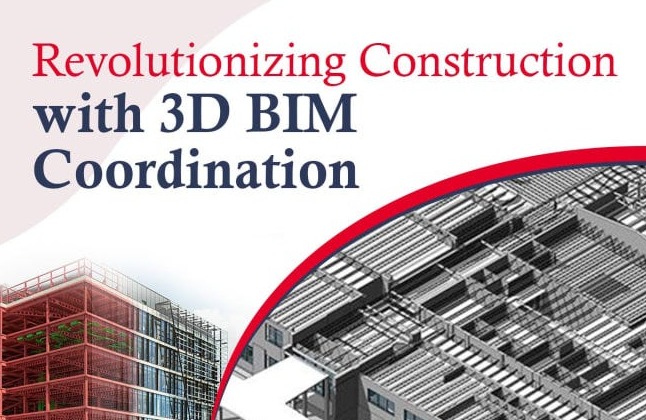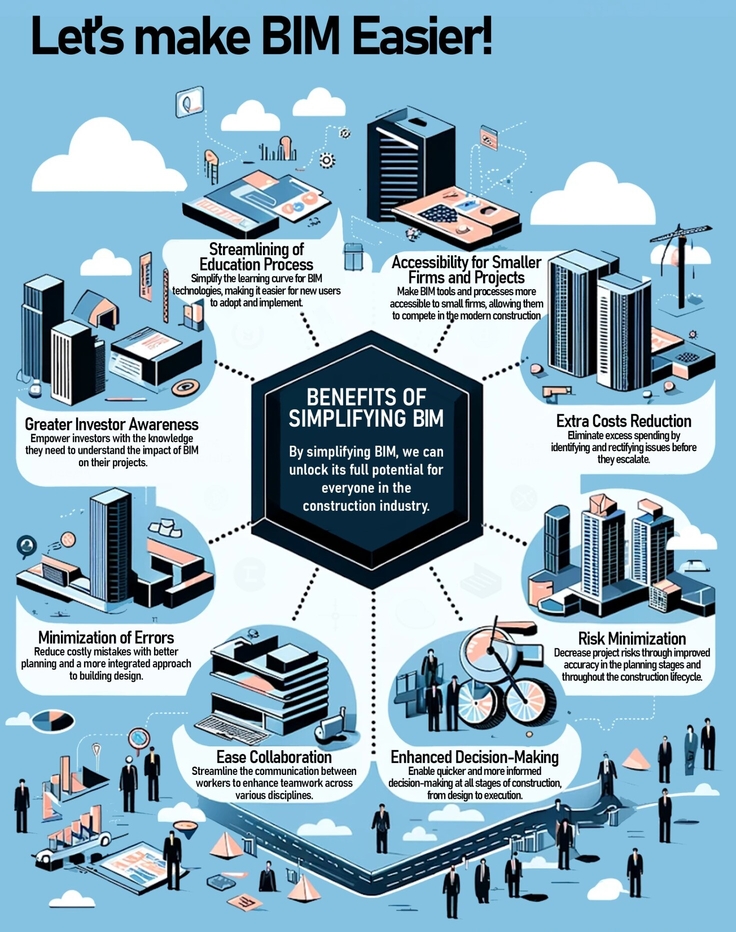Navigating Challenges: A Deep Dive into Risk Management in Construction and Design Teams

In the dynamic realm of construction and design, success is not merely measured by the completion of a project but by the ability to navigate and mitigate potential risks along the way. As construction and design teams collaborate to bring innovative structures to life, the importance of robust risk management practices becomes paramount. In this blog post, we will delve into the intricacies of risk management in construction and design teams, exploring its significance and providing insights into effective strategies.
Understanding Risks in Construction and Design:
Construction and design projects are inherently complex, involving numerous stakeholders, intricate processes, and evolving variables. Identifying potential risks early in the planning phase is crucial for preventing delays, cost overruns, and quality issues. Risks in construction and design can manifest in various forms, including:
1. Design Uncertainties: Ambiguities or inconsistencies in project specifications and design can lead to costly changes during construction.
2. Regulatory Compliance: Failure to comply with local regulations and building codes can result in legal issues, fines, and project delays.
3. Supply Chain Disruptions: Dependencies on external suppliers and vendors make projects susceptible to delays caused by material shortages, transportation issues, or unforeseen disruptions.
4. Environmental Factors: atural disasters, weather conditions, and environmental considerations can impact project timelines and safety.
5. Safety and Security: Ensuring the safety of construction personnel and protecting the site from theft or vandalism are critical aspects of risk management.
Implementing a Proactive Risk Management Plan
A proactive approach to risk management involves systematically identifying, assessing, and addressing potential risks throughout the project lifecycle. Here are key steps to implement an effective risk management plan in construction and design:
1. Risk Identification: Conduct thorough risk assessments to identify potential threats and uncertainties. Engage all stakeholders, including architects, engineers, contractors, and regulatory authorities, to gain comprehensive insights.
2. Risk Assessment and Prioritization: Evaluate the potential impact and likelihood of each identified risk. Prioritize risks based on their severity and likelihood to ensure focused mitigation efforts.
3. Communication and Collaboration: Foster open communication and collaboration among team members to share insights, concerns, and updates on risk mitigation strategies. Establishing clear lines of communication can help in quick decision-making and problem resolution.
4. Contingency Planning: Develop contingency plans for high-priority risks. Having predefined strategies in place can minimize the impact of unforeseen events and streamline decision-making processes during crisis situations.
5. Continuous Monitoring and Adaptation: Regularly monitor the project environment for changes in risk factors. As the project progresses, adjust risk management strategies accordingly to align with evolving circumstances.

Benefits of Effective Risk Management
Implementing a robust risk management plan in construction and design teams yields numerous benefits, including:
1. Cost Savings: Proactive risk management helps in avoiding costly delays, rework, and legal issues, resulting in overall cost savings.
2. Improved Schedule Adherence: Identifying and addressing potential risks in advance contributes to better project planning and adherence to timelines.
3. Enhanced Quality and Safety: Mitigating risks ensures a focus on quality standards and safety protocols, promoting a secure working environment.
4. Stakeholder Satisfaction: Successfully managing risks leads to enhanced stakeholder confidence and satisfaction, which is crucial for building strong professional relationships.
In conclusion, the dynamic landscape of construction and design, navigating risks is an integral part of ensuring project success. By adopting a proactive and collaborative approach to risk management, construction and design teams can not only minimize potential threats but also enhance overall project outcomes. In an industry where uncertainty is inevitable, a robust risk management plan becomes the cornerstone for achieving excellence in construction and design projects.